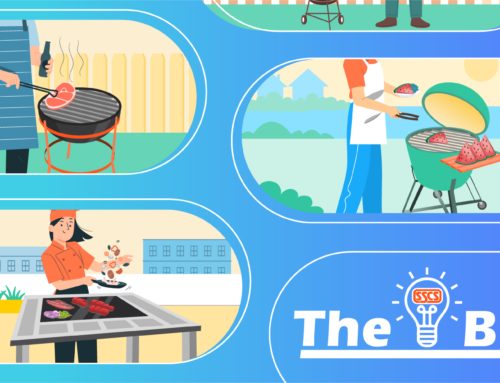
The Convenience Store as Nutritional Oasis
C-stores are finding success providing fresh food to neighborhoods long considered “food deserts.”
A successful convenience store tailors its inventory to its market, whether it’s on a four corner downtown in a rural outpost or rising next to an exit ramp on a packed commuter route.
The same is true for operations that service areas known as a food deserts. These are areas where its hard to find any retail food outlet, much less a healthy one, due to location, economics, lack of transportation, or a variety of other causes.
Convenience stores setting up shop in food deserts are finding that carrying a product mix with an emphasis on items like fresh fruits and vegetables can make a real impact. We’re not just talking impact in the traditional sense, where a good product-to-consumer match leads to healthy store profits, but in the lives of the people who live there, individuals who may have no other outlet to buy nourishing groceries.
There are formidable challenges to making a convenience store work in a food desert, but the rewards are uniquely fulfilling: it’s a chance to fundamentally improve the quality of life for those being served. The trend has picked up steam in the past few years. Here are some stories and examples:
- This article from NACS specifically talks about the efforts to position “small grocery stores” throughout the states of Oklahoma and North Dakota.
- Illinois Tech reports on how convenience stores are bringing “the fresh” to the South Side of Chicago.
- Convenience Store News carried a story about Yesway’s initiative to bring more of their sites to food desert communities.
- If you’re looking for the perspective of an operator undertaking this kind of enterprise, the Minnesota Spokesman Recorder published this profile on the owner of 36th & Lyn Refuel Station.
- The Winston-Salem Journal spotlights the convenience stores looking to bring fresh food to underserved parts of North Carolina.
Convenience retailers driving their stores to thrive in areas once considered nonviable provide another example of food channel blending and how “convenience store” as a concept is continually transforming. It’s one more step in the ongoing evolution of retail petroleum that SSCS has been witness to for four decades, experience that helps us develop tools that position our customers to capitalize on future opportunities, whatever they may be.
If you are a convenience store transitioning to a non-traditional mix of products, or just want to find out what items are working for you right now (and which aren’t), SSCS’s robust and adaptable Inventory Management system and reporting can help you dig into your inventory to discover what customers in your locality are buying, with tools to adjust what’s on your shelves as preferences change. If you’d like to hear more details about the different ways you can better serve your customers through technology, please call us at (800) 972-7727.






Leave A Comment